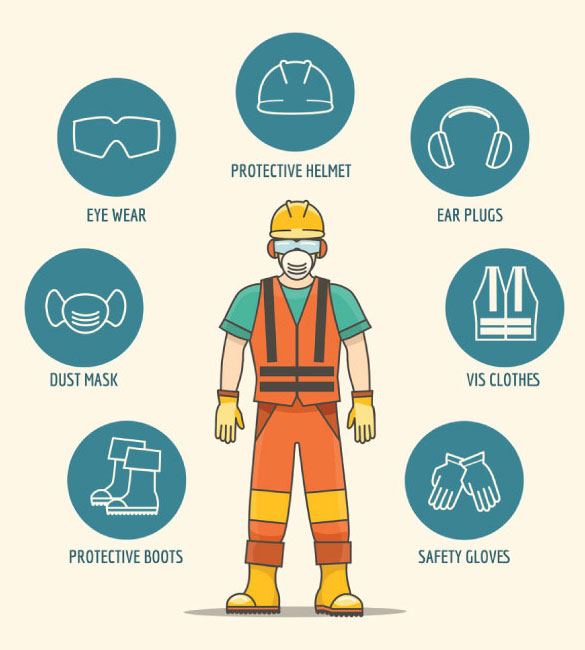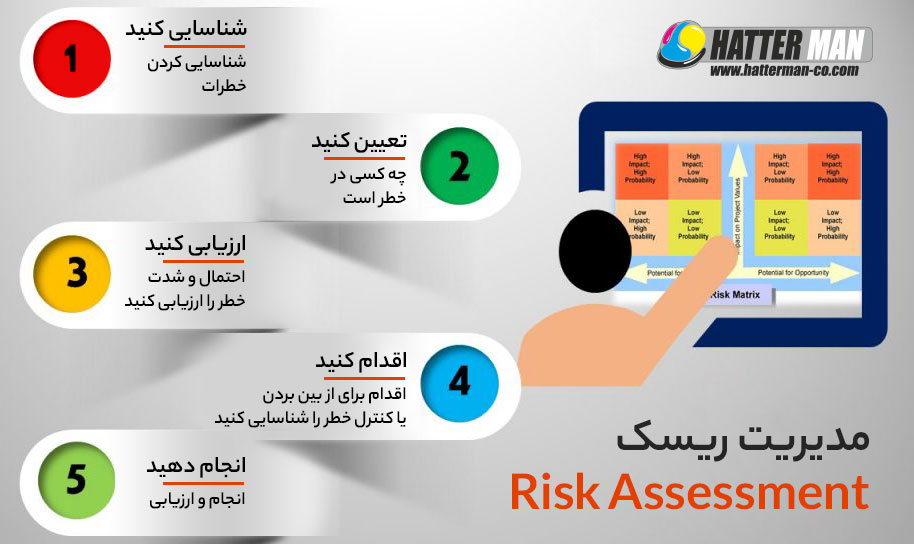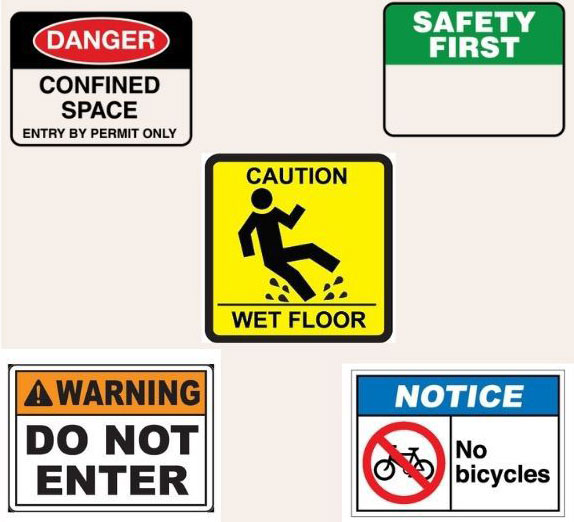More than 80,000 workers suffer from work-related illnesses each year in the construction sector. Therefore, more work should be done to prevent workplace accidents In addition to financial costs, such as lost productivity, absenteeism, and health care costs, the total costs of workplace injuries include both financial costs and human cost assessments. Understanding and preventing hazards is the first step to prevent accidents and protect workers. Below are 5 important ways to minimize workplace injuries.
Use personal protective equipment (PPE).
PPE is one of the most important equipment to protect the user from hazards. These include items such as helmets, gloves, eye protection, high visibility clothing and safety shoes, etc. Although PPE contributes to a safe workplace, 98% of employees said they have seen others in their workplace not using the correct PPE. The equipment was not suitable due to lack of access and inconvenience. As an employer, it is your legal duty to provide a safe work environment. Under the Personal Protective Equipment at Work Regulations 1992, employers must take reasonable steps to ensure that the PPE provided is used correctly and responsibly. PPE should:
- Be properly assessed before using to ensure it is fit for purpose
- be properly maintained
- Instructions are provided on how to use it safely
- Properly used by employees.
- Workers must also receive adequate training on the correct, proper use, care, and maintenance of their PPE.
Create a safe workplace
Common work practices may lead to work injuries and it is always better to deal with hazards in time. According to HSE statistics, slips and falls account for 24% of workplace accidents. This is mainly caused by preventable hazards such as slippery floor surfaces, trailing cables, and poor lighting. Preventive measures are usually simple, so act quickly to clean up any leaks, repair broken steps, and encourage employees to report maintenance errors immediately so they can be fixed.
Creating a safety culture
Employers have a duty to protect and tell you about health and safety issues that affect you. Communicating health and safety policies to all employees is important. This may be by including information in training, induction packs, staff handbooks, or posting them on bulletin boards. By creating a safety culture, employees are trained and understand the importance of health and safety at work. Training employees can also reduce the risk of injuries. Knowledgeable and educated employees are less likely to be involved in accidents due to their awareness of possible risks. Policies should also be reviewed at least once a year or more to keep up with new laws.
Do a risk assessment
An ounce of prevention is worth a pound of cure. All businesses are required to carry out a health and safety risk assessment to identify potential hazards in the workplace. By carrying out a risk assessment, this guide will help businesses understand what they need to do to assess and control risks in the workplace and comply with health and safety legislation.
Risk assessment reduces accidents by formally observing an area in the workplace, identifying the hazards in it, and then investigating potential accidents or injuries that could occur. For example, are employees required to carry heavy equipment or work at heights? Registering the risk assessment books and the measures you take to reduce the possibility of accidents is very important.
Installing signs
According to the law, marked signs are required in all potentially hazardous areas to inform employees of potential hazards. Even if this is not necessary for your small business, these signs can be an invaluable tool in protecting employees and alerting them to hazards.
Employers need to ensure that their employees understand the meaning of safety signs and symptoms that they see or hear while on the job.






